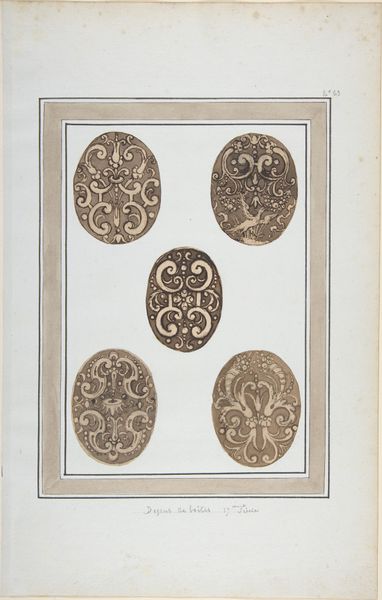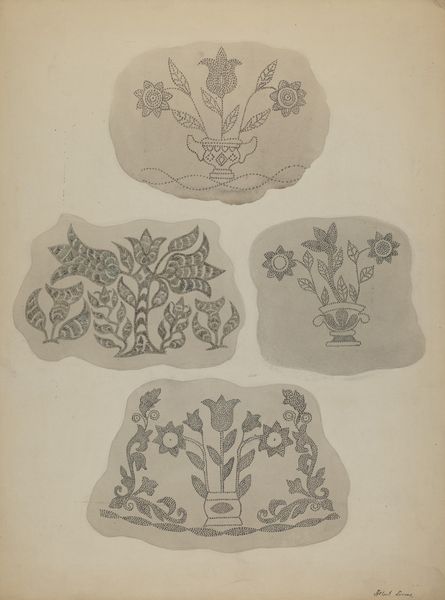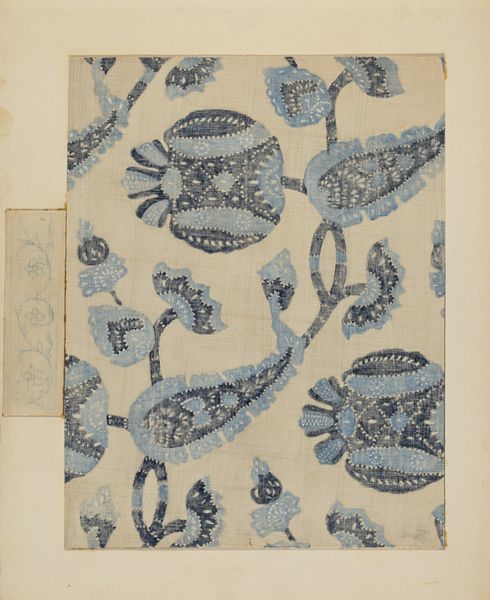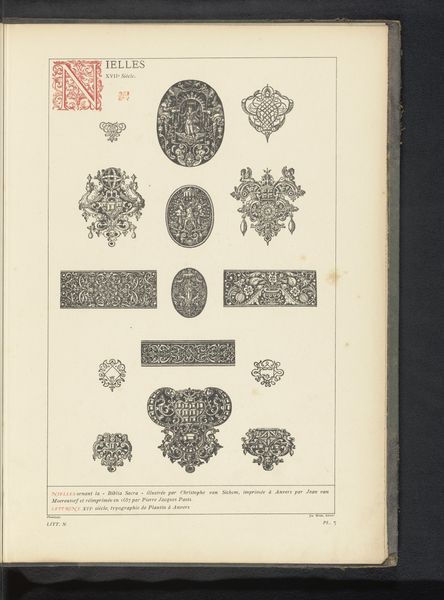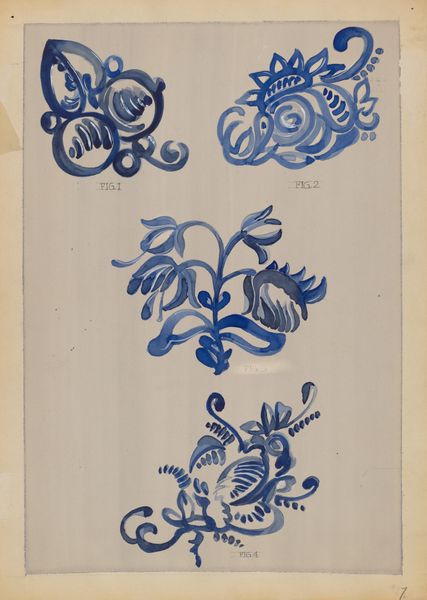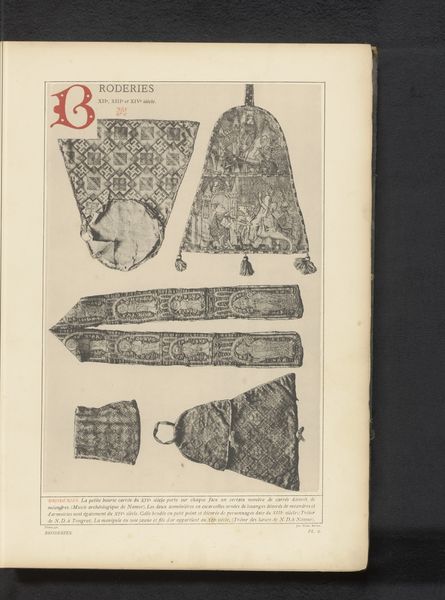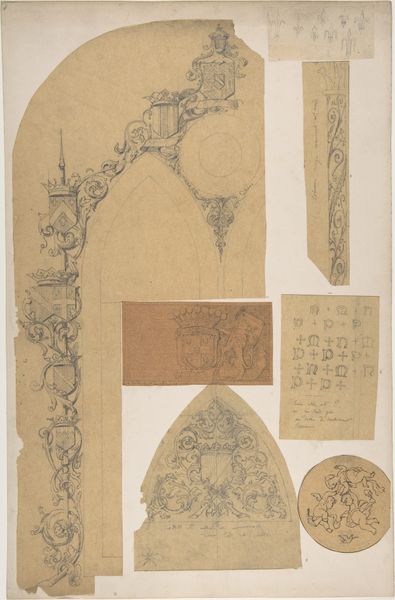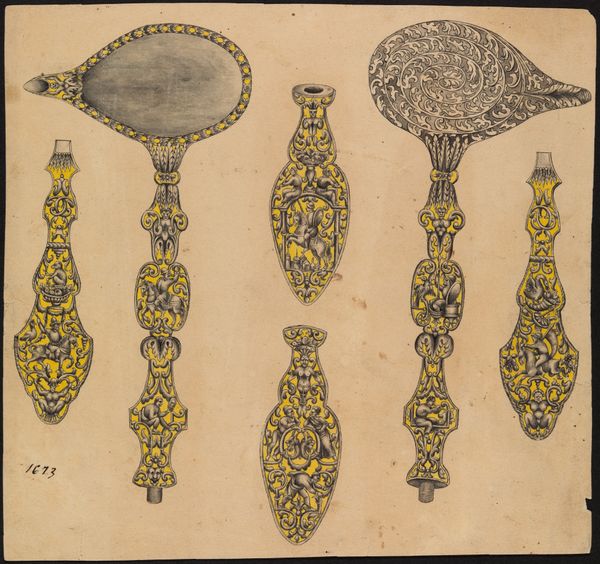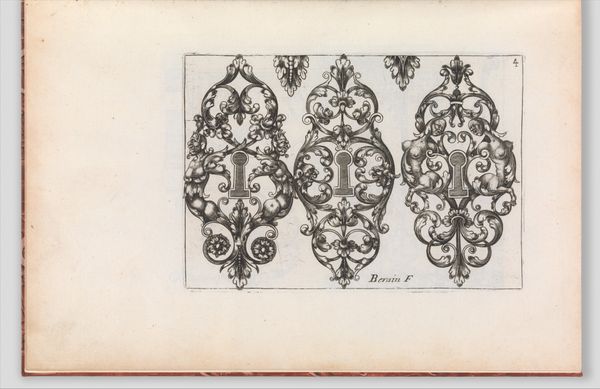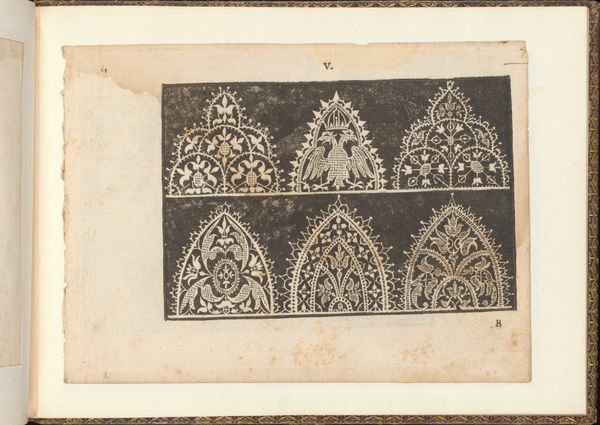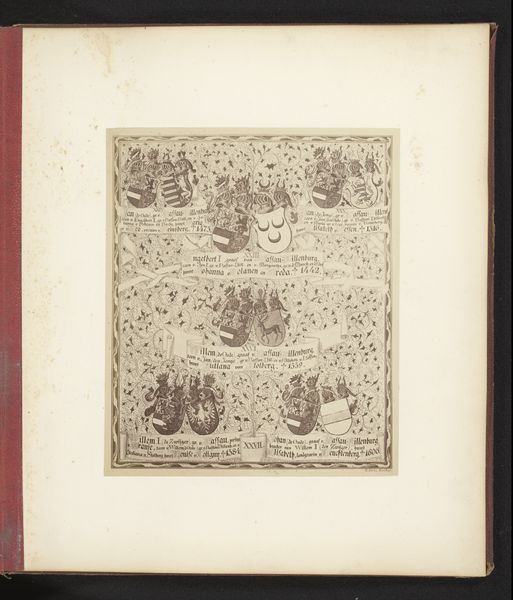
drawing, print, textile, watercolor, woodblock-print, wood
#
drawing
#
water colours
# print
#
pattern
#
textile
#
watercolor
#
coloured pencil
#
woodblock-print
#
wood
#
mixed media
Dimensions: overall: 51 x 38.5 cm (20 1/16 x 15 3/16 in.)
Copyright: National Gallery of Art: CC0 1.0
Curator: So many blocks! This collection presented before us is titled "Wood Blocks" and it dates back to around 1937, by Albert Levone. My first impression centers on this beautiful mixed media layout of textures and colors and an overarching, pleasing design. Editor: Well, yes, it is rather pleasing to look at. It is important to consider this collection in the historical context. This was most likely a preliminary rendering, if not a study, of possible patterns for textiles and the period was well within a revival of handcrafted art and design from the era. We need to consider the effects that art deco sensibilities would have had at the time, even this long past art deco's height of popularity. Curator: I am noticing a very controlled palette throughout the artwork; there is strategic use of the negative space and it all has an incredible balance that gives an open feel with very structured organization. Editor: Absolutely. We can consider the labor-intensive aspects, also, and what they represent during that historical period. Block printing and textile design were avenues for artists, particularly women and minorities, to express their creativity and craftsmanship outside the more conventional art world which might explain some of these patterns reminiscent of far more exotic places. Curator: I love how the composition lets us see the blocks that created these textile patterns. We are not just witnessing a finished product, but the means to it, with the beauty of process on display. It’s quite meta, actually. Editor: It begs the question of artistic intention and societal consumption in a time of widespread social changes; was it meant for mass production, for individual expression, or somewhere in between? These are fascinating threads for consideration. Curator: I think that's a very important element when analyzing it and allows us to question everything from consumerism and production methods to art styles from different cultures. It makes you wonder whether he actually made these or copied the designs. It provides us with more information than we originally expected. Editor: Absolutely, understanding the relationship between art, commerce, and society really enables one to interpret art more thoroughly, doesn't it?
Comments
No comments
Be the first to comment and join the conversation on the ultimate creative platform.
